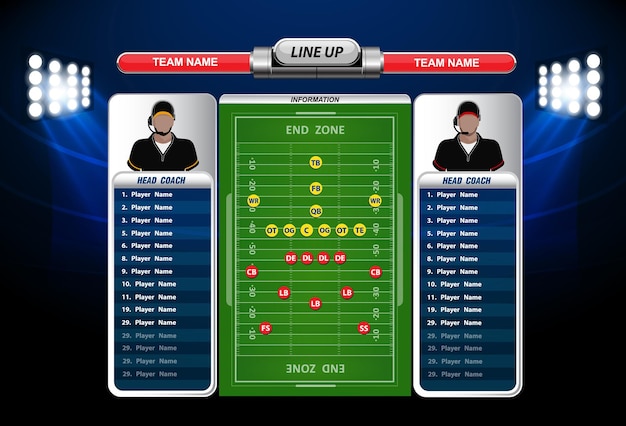Anúncios
As I delve into the transformatively electric world of the NFL Draft Combine, I can’t help but feel a surge of excitement. The Combine is not merely a set of drills; it serves as a cornerstone in the complex tapestry of draft preparation. The results stemming from this high-stakes event can send ripples through the league, dramatically altering team strategies and player evaluations. When we look at the statistics, the impact becomes undeniable. For instance, the rise of a previously overlooked prospect can propel them into the spotlight, exemplifying how a single performance can shift expectations and strategies for general managers and coaches alike.
In recent years, we’ve seen players like DK Metcalf steal the show with mind-blowing athleticism, leading to seismic shifts in draft boards—an exhilarating reminder of how the Combine can make or break futures. Each sprint, leap, and drill holds significant ramifications, shaping not just individual careers but entire franchises. Join me as we explore the intricate relationship between NFL Draft Combine results and their profound implications in the player selection process.
Anúncios
Understanding the NFL Draft Combine
Key Metrics from the Combine
How Results Affect Player Stock

The NFL Draft Combine serves as a pivotal opportunity for players to showcase their skills and athleticism, directly influencing their draft stock. Outstanding performances—whether in drills, interviews, or physical tests—can elevate a player’s visibility, capturing the attention of scouts and executives alike. A top-tier 40-yard dash time or exceptional agility can transform a player’s narrative, shifting them from an overlooked prospect to a sought-after talent.
Conversely, underwhelming results can have a detrimental impact. A disappointing performance might raise red flags regarding a player’s potential, resulting in a significant drop in draft projections. For instance, struggles in agility drills may signal concerns about a player’s ability to adapt at the professional level.
Anúncios
Ultimately, the aggregate of each player’s performance creates a nuanced portrait for teams. Scout evaluations combine both hard statistics from the combine and subjective assessments from game footage, making the players’ on-field performances vital. As such, each drill and rep can alter a player’s trajectory on draft day, influencing their future career significantly.
Preparing for the Draft: Team Strategies
Furthermore, teams will often segment their draft strategies based on these insights, identifying key areas of need and aligning their selections accordingly. For instance, if a team prioritizes speed in its receiver corps, it will look beyond surface-level performance and delve into the player’s agility drills. Conversely, for positions such as the offensive line, teams might place a higher value on strength and endurance metrics. The comprehensive analysis of these Combine results empowers teams to make informed choices and to minimize risk during the draft process.
Additionally, teams utilize Combine results to engage in strategic discussions regarding player fit. A player’s adaptability to a particular scheme or philosophy is crucial. Scouts and coaches will cross-reference Combine data with on-field performance to draw connections between athleticism and in-game effectiveness. The combining of statistics and individual interviews further enriches the evaluation process, enabling teams to confidently navigate their draft boards while anticipating the selections of rival teams.
Ultimately, the NFL Draft Combine results are a pivotal instrument that shapes strategic planning and decision-making, allowing franchises to bolster their rosters and align them with long-term goals. As teams dive deep into analysis, they seek not just raw talent, but also players who complement their existing frameworks and cultivate winning cultures.
Future Trends in Draft Evaluation
Enhancing Player Evaluation through Technology
To gain deeper insights into the evolving methodologies used in NFL player evaluation, check out this informative video.
Unlocking the Secrets of NFL Draft Success
In conclusion, the NFL Draft Combine results serve as a pivotal hinge point in the machinery of football recruitment, influencing both player futures and team strategies alike. The metrics collected during this high-stakes event not only assess an athlete’s physical capabilities but also provide teams with a strategic lens through which they can project a player’s potential impact in the league. Each performance has the power to either elevate a prospect into the limelight or cast shadows on their professional aspirations.
As we’ve examined, preparation for the draft involves a complex web of evaluations, strategies, and emerging trends that extend beyond traditional metrics. To stay informed, readers are encouraged to explore further resources, such as in-depth analyses of player performances, scouting reports, and expert discussions on evolving evaluation methods. Understanding these elements is crucial for any fan or aspiring athlete who wishes to grasp the dynamics of the NFL Draft process.